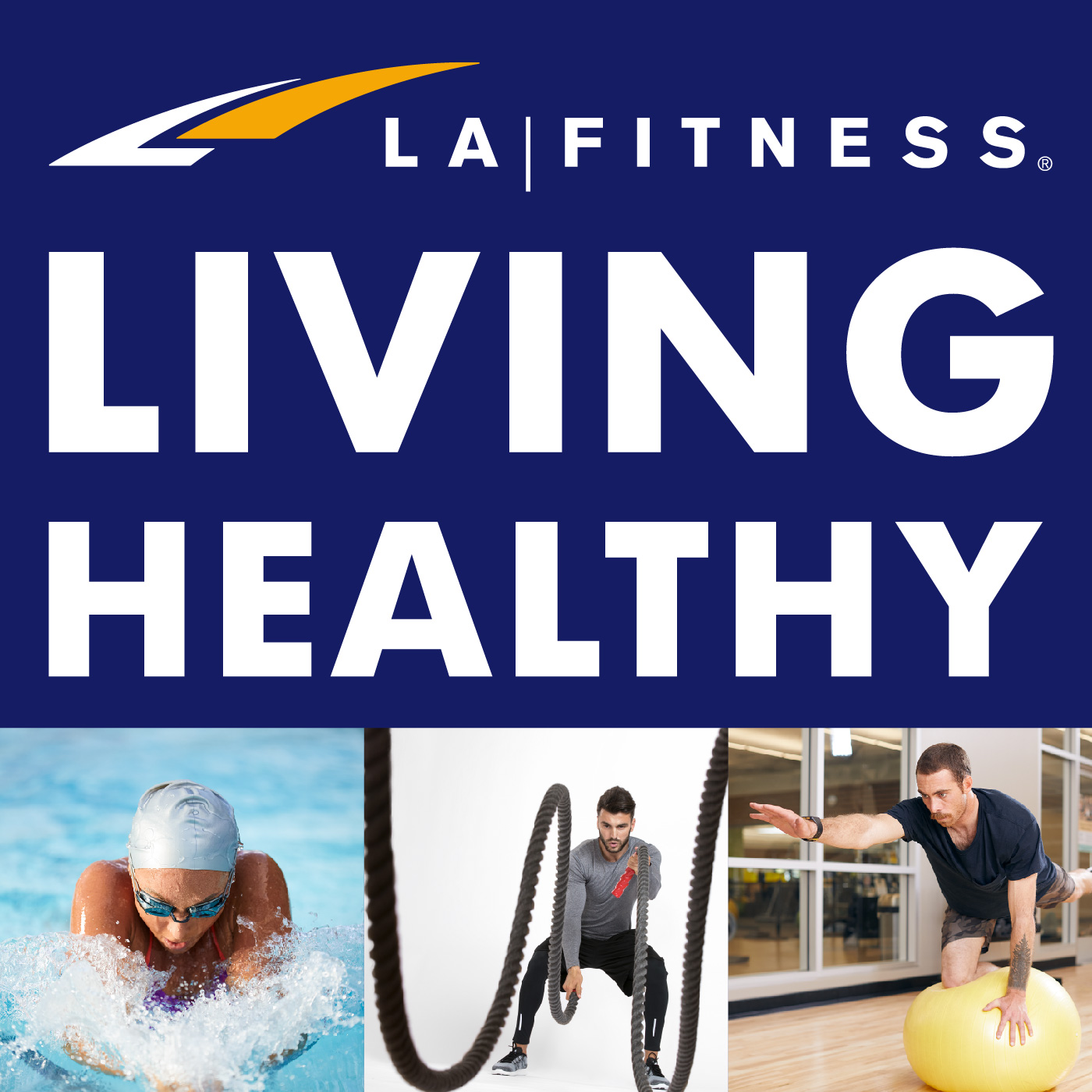Intro
0:01
Introduction of Registered Dietitian, Debbie James
2:54
WATER
How Much Water Should We Be Drinking Daily?
3:34
How Does Drinking Water Affect Our Health?
6:05
What Happens When You Don’t Get Enough Water?
6:57
Should You Have Water or Gatorade Before a Workout?
9:33
COFFEE
Can You Fit Coffee into a Healthy Lifestyle?
11:28
What are the Best Additives for Your Coffee?
12:53
Coffee Later in the Day
14:37
TEA
Is Green Tea a Metabolism Booster?
16:38
How to Tell if Your Beverage is Too Hot to Drink
20:01
Brittany’s Mythical Moment – Is Carbonation Weakening Your Bones?
20:54
MILK
When are Non-Dairy Milks Good Alternatives to Dairy Milk?
24:56
What is the Benefit of Non-Dairy Milk?
25:45
Is Cow’s Milk Still Important?
27:24













 Have a nutrition question? Our registered dietitian is ready to help!
Have a nutrition question? Our registered dietitian is ready to help!










